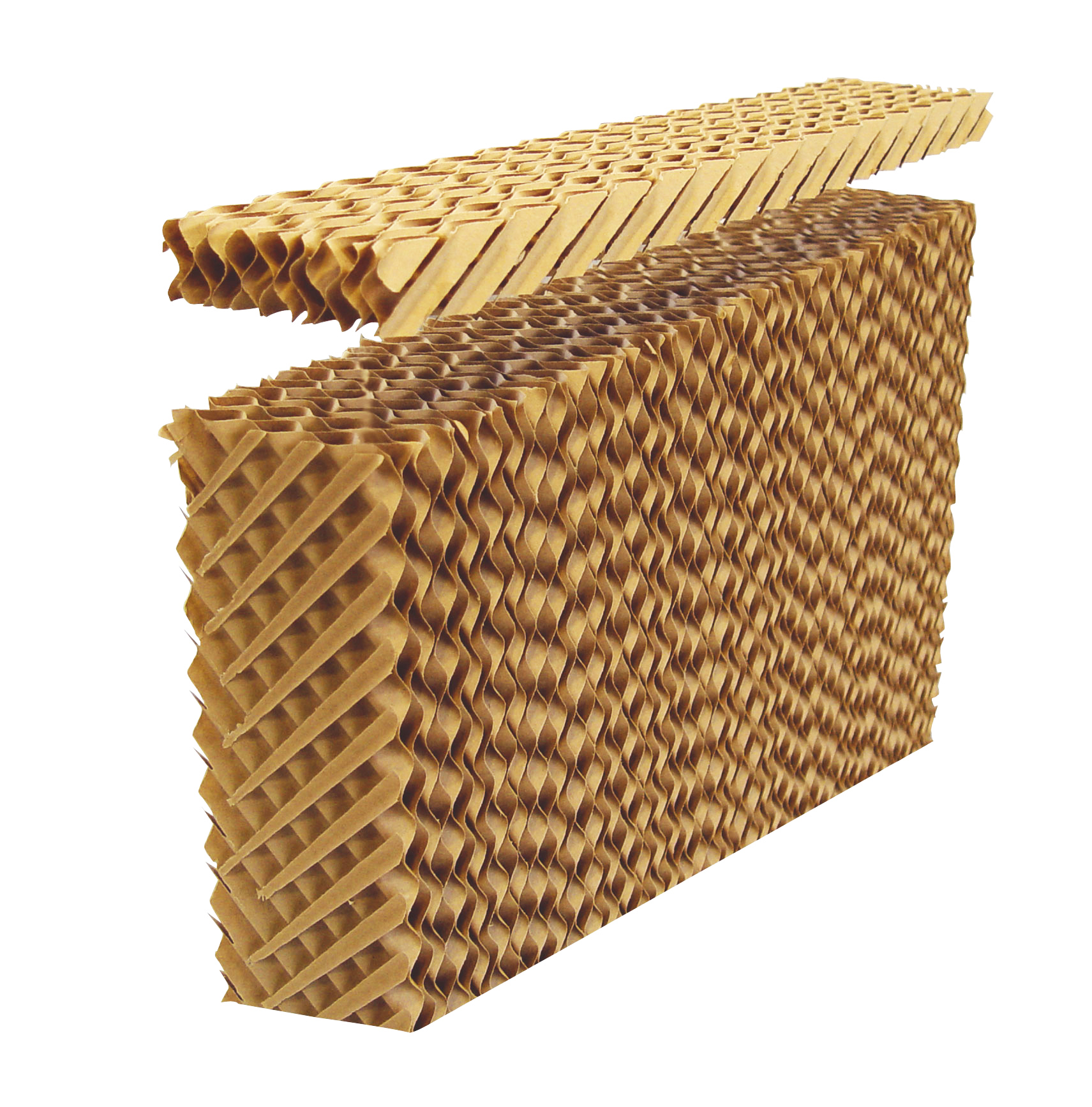
TERMOTECNICA PERICOLI, A HISTORIC ITALIAN COMPANY, PRODUCES BOTH PAPER AND PVC PANELS
In the world of agriculture, maintaining optimal environmental conditions is crucial for the health and productivity of livestock and horticultural crops.

In this article, we will delve into the differences between cellulose and plastic cooling pads and their respective advantages and disadvantages in the realm of livestock and horticulture.
PAPER COOLING PADS
Cellulose cooling pads, also known as evaporative cooling pads, are crafted from a natural, organic material – cellulose paper.
These pads are designed to absorb and retain water, promoting the cooling process through evaporation.
DISADVANTAGES OF CELLULOSE COOLING PADS
PLASTIC COOLING PADS
Plastic cooling pads are constructed from durable materials like PVC. Unlike cellulose pads, plastic pads rely on a different mechanism for cooling, utilizing a wet wall system to reduce temperatures.
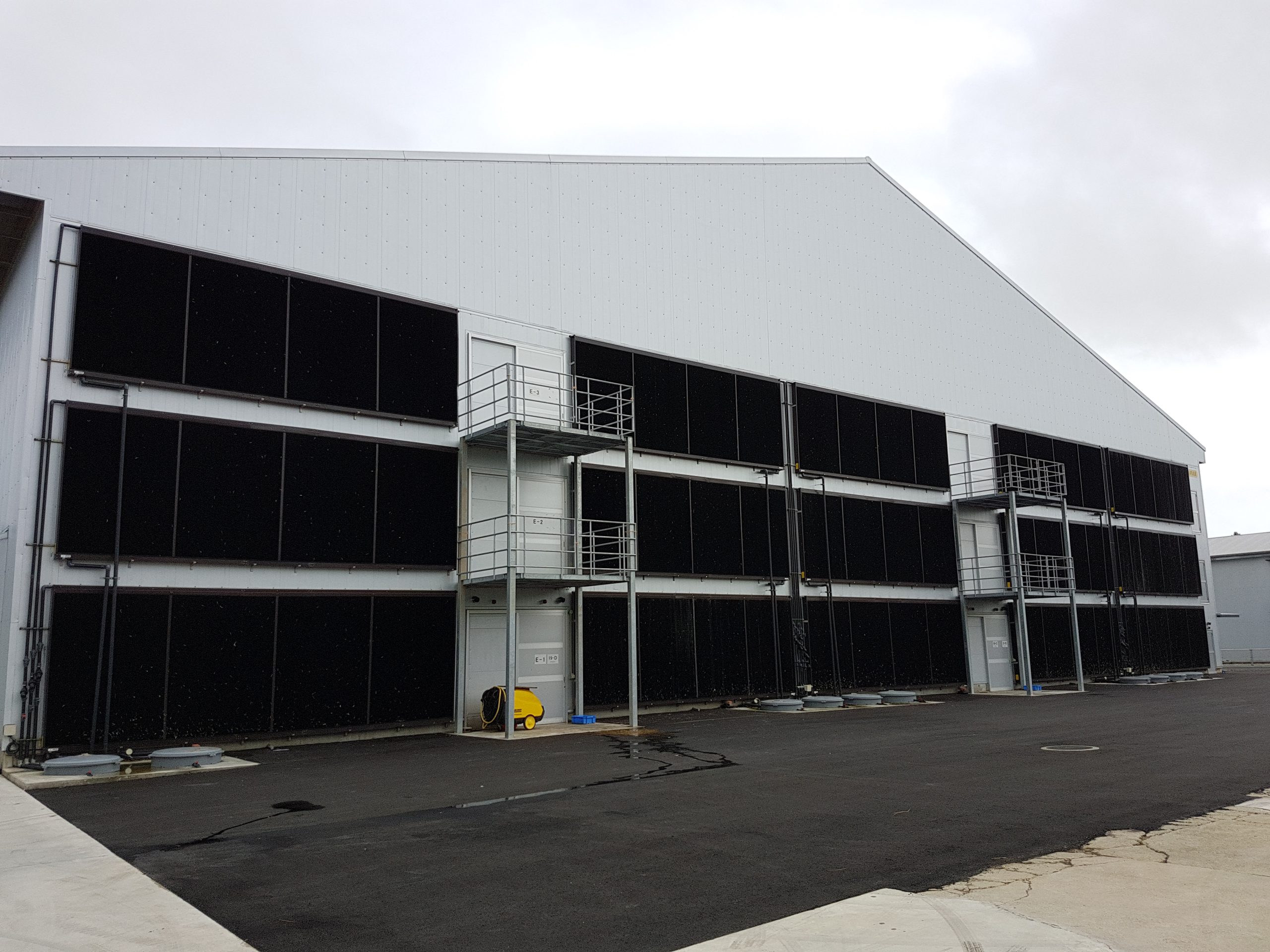
DISADVANTAGES OF PLASTIC COOLING PADS
The choice between cellulose and plastic cooling pads ultimately depends on the specific needs and conditions of the livestock or horticultural operation.
While cellulose pads are celebrated for their efficiency in dry climates, plastic pads shine in durability and suitability for humid environments.
Understanding the advantages and disadvantages of each type allows farmers and growers to make informed decisions, tailoring their cooling systems to optimize productivity while considering long-term sustainability and cost-effectiveness.
Termotecnica Pericoli offers its customers both solutions, effectively being able to choose between Pericool and Plascool. High performance evaporative panels produced in Italy in our fully automated Pericool Division.
Subscribe now to the poultry technical magazine
AUTHORS
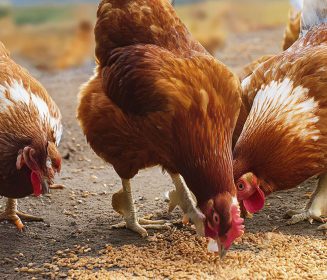
Layer Longevity Starts at Rearing
H&N Technical Team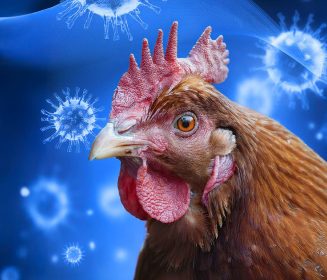
The Strategy for a Proper Infectious Bronchitis Control
Ceva Technical Team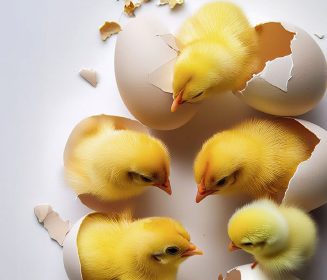
Elevate Hatchery Performance with Petersime’s New Data-Driven Incubation Support Service
Petersime Technical Team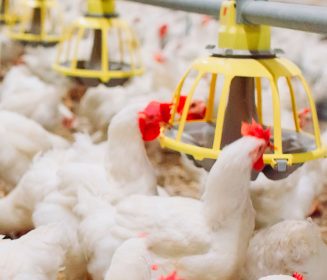
Maize and Soybean Meal Demand and Supply Situation in Indian Poultry Industry
Ricky Thaper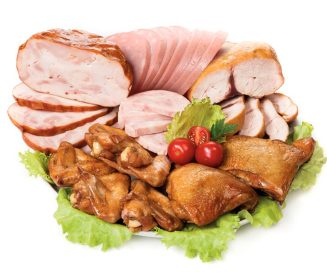
Production of Formed Injected Smoked Chicken Ham
Leonardo Ortiz Escoto
Antimicrobial Resistance in the Poultry Food Chain and Novel Strategies of Bacterial Control
Edgar O. Oviedo-Rondón
GREG TYLER INTERVIEW
Greg Tyler
Insights from the Inaugural US-RSPE Framework Report
Elena Myhre
Newcastle Disease: Knowing the Virus Better to Make the Best Control Decisions. Part II
Eliana Icochea D’Arrigo
Avian Pathogenic E. coli (APEC): Serotypes and Virulence
Cecilia Rosario Cortés
The Importance of Staff Training on Animal Welfare Issues in Poultry Industry
M. Verónica Jiménez Grez
Rodent Control is a Key Factor in Poultry Biosecurity and Sustainability
Edgar O. Oviedo-Rondón